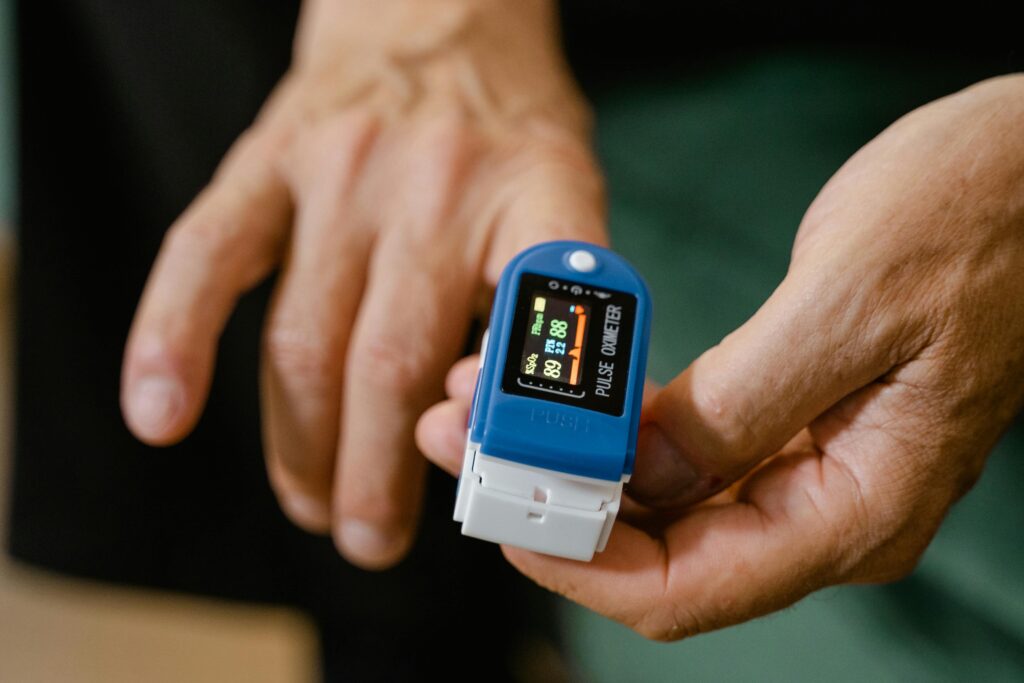
Biofeedback involves a series of techniques and therapies used to help people get in touch with their bodies and how it functions. In therapy and addiction treatment, it’s often used to help individuals develop situational awareness of their body and how it responds. That can help you to be more aware of and in touch with how you actually respond, more in touch with your emotions, and more aware of the physical reactions you have to stress, cravings, and emotions – giving you new ways to center, to cope, and to feel better.
While biofeedback is an “alternative” therapy, it’s increasingly used in addiction treatment. Here, it’s most often used as a complementary therapy, to help with other forms of treatment rather than to function as the primary treatment. Still, there’s mounting evidence that biofeedback can help you to improve outcomes during addiction treatment.
What is BioFeedback?
Biofeedback is a mode of therapy focused on helping the patient to become familiar with and to get in control of their body’s responses. It’s normally called a “mind-body technique” where the goal is to use your mind and responses to control your body’s reactions to stress, emotions, cravings, pain, etc. You’ll normally first learn what your body is doing and then learn techniques to relax, to change patterns, and to improve your responses. In most cases, you’ll work with a biofeedback machine to assist tracking and learning responses, so you can better follow what’s going on.
That can include:
- Breathing – During a session, bands are placed around the stomach and chest to precisely measure how you’re breathing. You’ll then go through breath work sessions to practice breathing to reduce stress, to improve energy, and to feel better.
- Brainwaves – This is normally called “neurofeedback” and involves attaching sensors to your scalp to monitor brain waves via EEG. Biofeedback training shows what your brain is doing and helps you see what happens when you use relaxation or diversion techniques to change things.
- Heart Rate – Heart rate measures ECG to track heart rate, so you can see how stress and emotions affect you. You can then go through sessions and see in real time how relaxation and other techniques help you bring your body to a baseline of healthy and calm.
- Muscle Activity – Biofeedback may also include sensors to monitor muscle tenseness, making you aware of how your body tenses up. You can then learn how to recognize when this happens and how to relax to you experience less physical pain and physical stress.
- Sweat – Tracking sweat gland activity gives you insight into when you’re feeling anxiety and fear – giving you insight into how you feel when those start. You can then learn how to take steps to get in control of that anxiety earlier, so it impacts you less.
- Temperature – Temperature tracking in biofeedback is mostly about learning to recognize stress. For example, most people lose surface heat as they begin to be more stressed. This can help you to learn to recognize early warning signs of stress so you can take steps to get back in control and to relax.
All of these methods use machines and sensors to help you see what your body is doing. With visual or audible aids, you’ll have a better idea of what your body is doing, and you’ll learn to recognize when your body is at that state – meaning you’ll learn more control and improve your ability to recognize what’s going on even without the machines. The idea is that you get support in learning to recognize what your body is doing, so you can get in control of those emotional and physical responses.
What is a Complementary Therapy?
A complementary therapy is a treatment used to support a primary therapy. For example, in addiction treatment, you’re very likely to have cognitive behavioral therapy as a primary therapy. Here, cognitive behavioral therapy helps you to recognize patterns, emotions, responses, and habits that lead you to continue drinking or using. That therapy will deliver you the specific skills to undo the harm of substance abuse by replacing unhealthy behaviors with healthy ones.
A complementary treatment supports you in being able to do that. For example, biofeedback helps you to learn how to recognize your responses and your emotions. That makes you much more able to see where your triggers are, to recognize when behaviors start, and to see when you’re feeling stressed which triggers a stress response. Rather than directly treating the problem, it gives you tools to support the therapy that does directly treat the problem.
Is Biofeedback Effective for Substance Abuse Treatment?
Biofeedback is not a substance abuse treatment or therapy. Therefore, on its own, it won’t help you to overcome addiction or substance abuse. However, it is a complementary therapy, which can support your substance abuse treatment and help you to recover.
For example, in one study, where biofeedback was used to assist recovery in a medication assisted treatment program with methadone, patients showed reduced anxiety, reduced drug cravings, and reduced depression.
In another study, it was shown that biofeedback, particularly neurofeedback, can improve outcomes in cognitive-behavioral therapy and motivation-enhancement therapy. In another, neurofeedback was used to effectively reduce cravings by manipulating brainwaves – resulting in improvements in cravings for opioids without MAT as opposed to the control group. The study eventually recommended 30 sessions of neurofeedback to supplement medication-assisted treatment programs rather than to replace them, giving the patients the highest chance of good outcomes.
Getting Biofeedback for Substance Abuse Treatment

If you or a loved one is struggling with substance abuse, biofeedback can be an important tool in your recovery. For most of us, it means learning our bodies and responses better, so we can use techniques and interventions sooner, meaning there’s a higher chance of success in fighting cravings, reducing stress, and relaxing. For most of us, that also means 15-30 biofeedback sessions, although the type of biofeedback and length of sessions will depend on your healthcare provider and the setting.
In addition, it’s important to keep in mind that biofeedback is not a primary treatment for substance use disorder. Instead, it’s a complementary treatment that can help you to reduce cravings, to relax, to get in touch with your body, and to better understand your responses and your reactions. That, in turn, will positively feed into your ability to move through motivational therapy and to move through cognitive behavioral therapy, because you’ll have more tools to do so.
Still, you’ll want to discuss your options with your primary healthcare provider. From there, you can start looking into substance abuse treatment centers that offer biofeedback as part of treatment. You might also want to look for a specific type of biofeedback, like neurofeedback, or you might be okay with whatever your therapist and doctors decide is a best-fit for your needs.
If you or a loved one is struggling with substance abuse, it’s important to look into getting help. Today, substance abuse disorder treatment includes not just behavioral therapy but also complementary therapies like music and art therapy, exercise, nutritional therapy, and biofeedback to help you improve your total health, so you are in the best position to recover.























